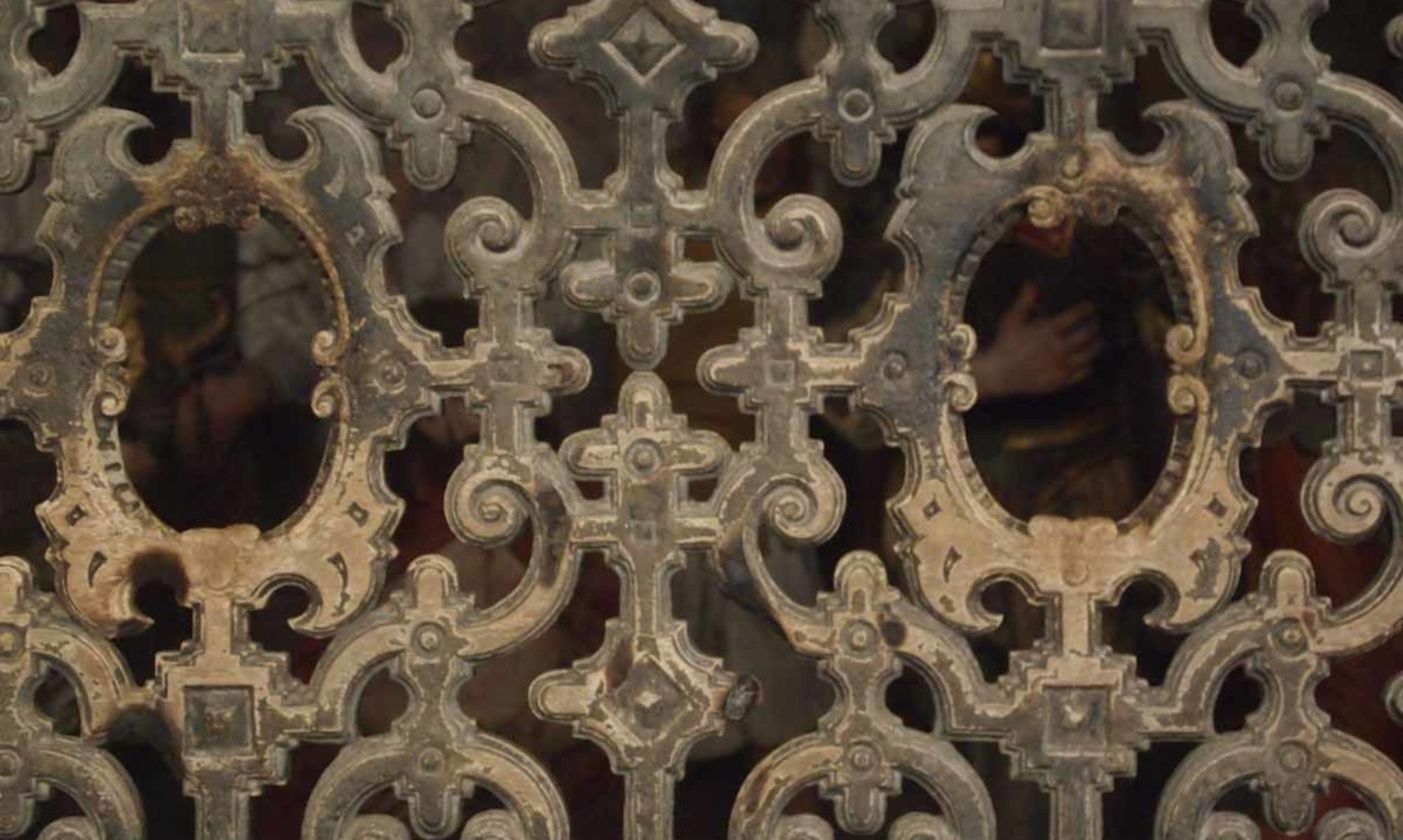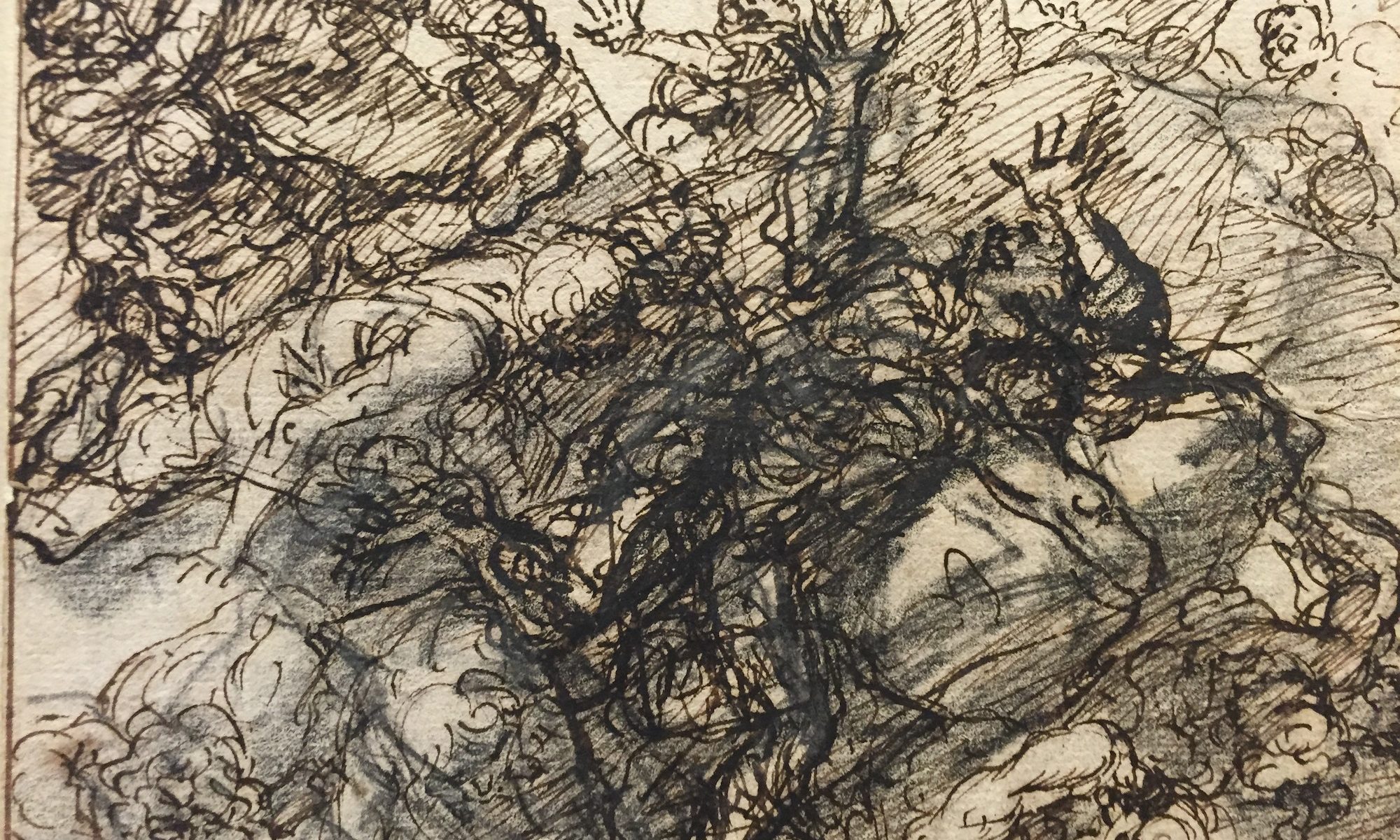My second book project “Suspending Belief: visual images and the art of falling (1570/1970)” argues that images of falling bodies became a means of re-negotiating the relationship between vision and knowledge in art, art theory, scepticism, and empiricism during the Catholic Reformation. The study focuses on three large fresco paintings of heretical bodies suspended in mid-air that decorated sacred spaces in Italy after 1570 and resituates their importance in relation to contemporaneous debates about bodily descent. The project does not aim to impose problematically singular — and strictly religious — meaning onto this multivalent act; rather, it undertakes a transdisciplinary examination of falling through connections and contradictions in early modern art, science, and religion.
The conceptual implications of this historical study will be explored through a series of postscripts that reconsider the question of embodied knowledge in philosophical and artistic investigations of falling after 1970. Contemporary artworks will be drawn into dialogue with my analysis of early modern painting in order to enrich the conceptual and historical contributions of this study and interrogate its contemporary relevance.
RELATED PRESENTATIONS:
“Falling Through Time: moti and the problem of temporal continuity c. 1600,” in the session ‘Time, Space, Movement: Art Between Perception, Imagination, and Fiction.’ College Art Association Annual Conference, Los Angeles, 21–24 February 2018.
“‘Come Crashing Down’: falling bodies and moving images in early modern Italy,” in the session ‘Restless Bodies, Shifting Paradigms: Mobility and the Visual Arts in Early Modern Europe.’ Sixteenth Century Society Conference, Vancouver, 22–25 October 2015.

